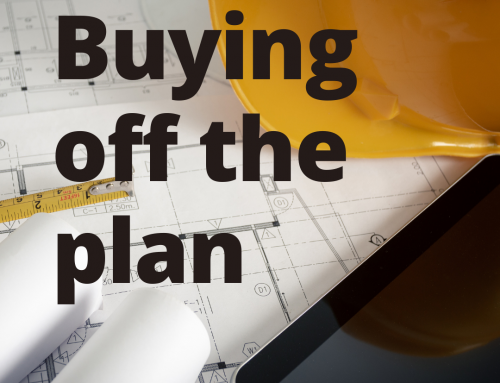 With the official cash rate at an historical low and the possibility of more RBA rate cuts on the horizon, this is possibly the most frequently asked question of professional mortgage brokers today. Often the question is focused on the timing, with consumers asking if now is a good time to fix their interest rate, or if they should wait to see if interest rates fall even lower.
With the official cash rate at an historical low and the possibility of more RBA rate cuts on the horizon, this is possibly the most frequently asked question of professional mortgage brokers today. Often the question is focused on the timing, with consumers asking if now is a good time to fix their interest rate, or if they should wait to see if interest rates fall even lower.
However, saving money on interest is not necessarily the most important thing to consider if you’re thinking about making the switch to a fixed rate loan. In this article, we talk about the pros and cons of fixed interest rate loans and the real reasons you should consider using one.
What is a fixed rate home loan?
A fixed rate home loan allows you to lock in an interest rate for a fixed term, which means your loan repayments stay the same during the fixed term even if variable interest rates should rise. It allows you to plan exactly how much your repayments will be for the life of the term, making budgeting easier and this is the major benefit of a fixed rate home loan.
Usually you can choose to fix the interest rate on your home loan for a term between 1 to 5 years. After the fixed period ends, the loan usually reverts automatically to the standard variable rate unless you refinance your loan to another product or negotiate another fixed term.
Is switching to a fixed rate product a good interest saving strategy?
For some people, the motivation for switching to a fixed interest rate product is primarily to save money in the event of an interest rate rise. These home owners are looking for ways to save money on interest any way they can over the life of their loan. Their strategy is to go with a variable rate product for now so they can pay the lowest interest possible in the short-term, then switch to a fixed interest rate product to keep their interest rate low when interest rates look as though they are going to rise.
Basically, they are interested in locking their interest at the lowest rate possible when it is most prudent to do so. That’s why we are always being asked if “now” is a good time to fix.
The problem with this interest savings strategy is that no one can accurately predict interest rate movements. That makes it very difficult to know when it might be advantageous to switch, or even if switching will have the desired effect of saving on interest. How do we know when we will save more by using a variable rate product and when we will save more by switching to a fixed interest rate product?
There is really no way to tell. In order to save money on interest by switching to a fixed rate product, variable interest rates would need to rise well above the interest rate you are paying on your fixed rate loan (and fixed rate loans usually carry a higher interest rate than variable rate loans). You also need to consider that if interest rates should fall during the fixed interest term of your loan, you will be missing out on any interest savings you would have received if you had a variable rate loan.
Consider your financial circumstances before making the switch
The decision to switch to a fixed interest rate loan should be influenced by other factors besides the possibility of any substantial saving on interest. The point of a fixed interest rate loan is to help you budget your household expenses more effectively, particularly for the first few years you own a property when your finances may be tight and budgeting may be difficult. As an added bonus, you are temporarily protected from interest rate rises. If interest rates do increase during the fixed interest term of your loan, you will have until the end of the fixed interest term to plan how you will manage to cover the increased payments on your loan when the fixed term ends.
Switching to a fixed interest rate loan may not be a good idea if you need flexibility. If you are planning to sell your home in the near future, increase your loan or redraw from it, make extra repayments or refinance to access equity, staying with a variable rate home loan could actually save you money. Fixed rate home loans usually have sizeable penalties if you need to make changes or pay off the loan during the fixed term of the loan, which could cost you many thousands of dollars.
The split option is designed to help you hedge your bets
Many lenders offer a home loan product that gives you the capacity to split your loan between both the variable and fixed interest rate options. This could give you the advantage of partial protection in the event of interest rate rises, but could also offer you facilities like an offset account which could be very beneficial if you are a good saver, plus the ability to make extra repayments and redraw them if you need to.
It is important to remember that with a split loan, you are still locked into the product for the length of the fixed rate term. If you needed to sell your home or repay the fixed portion of the loan early for any reason, you would still be required to pay a stiff penalty.
Contact us on 0437 498 800
To find out if switching to a fixed interest rate loan is the right move for you, it is a good idea to talk to a professional mortgage broker about your personal financial situation and goals. We’re here to help you understand which products are right for your needs and help you to choose an option that saves you the most amount of money possible. Call us today.





